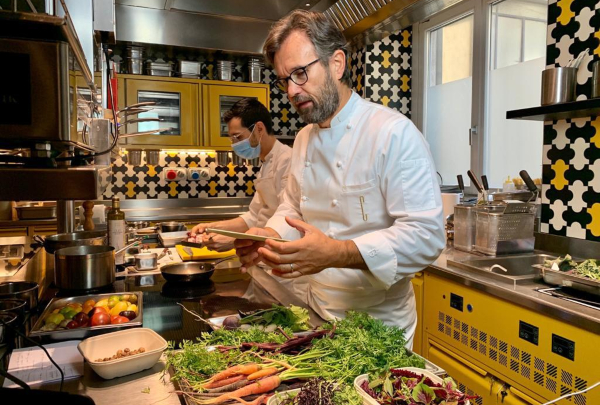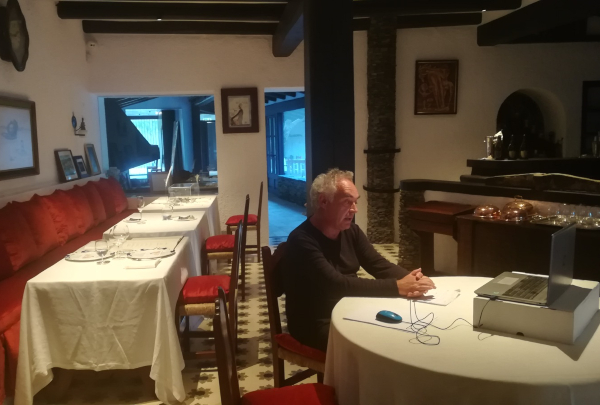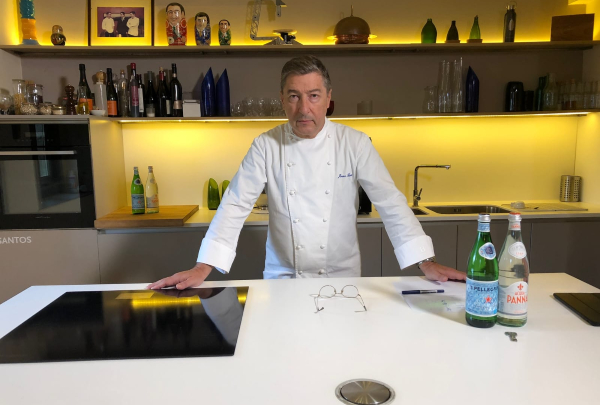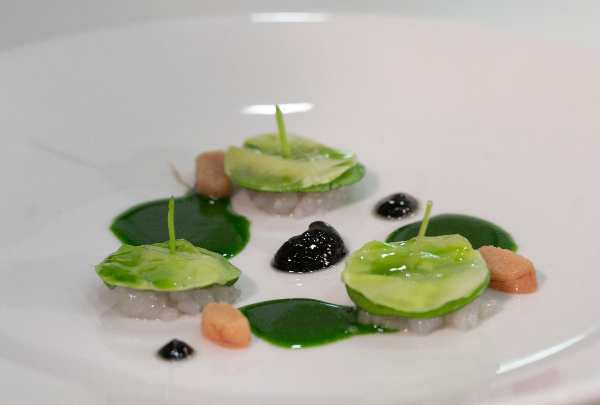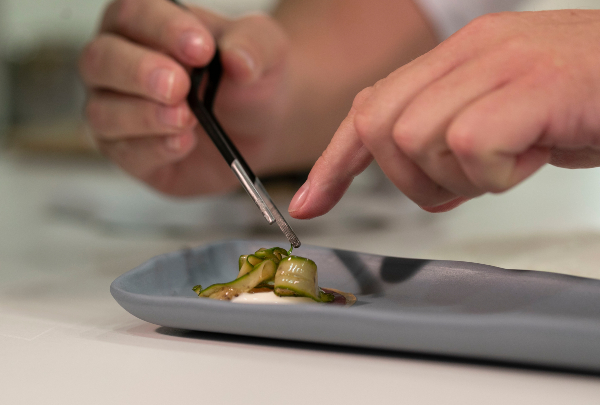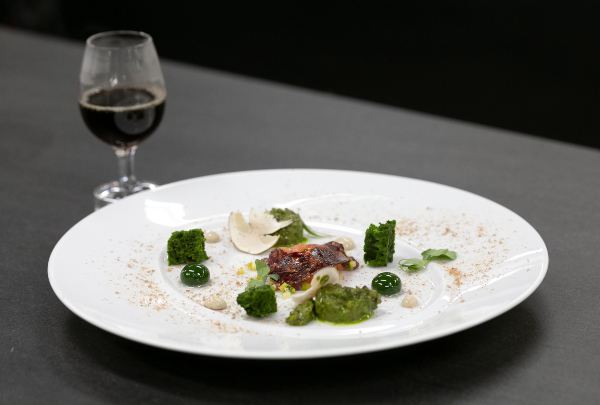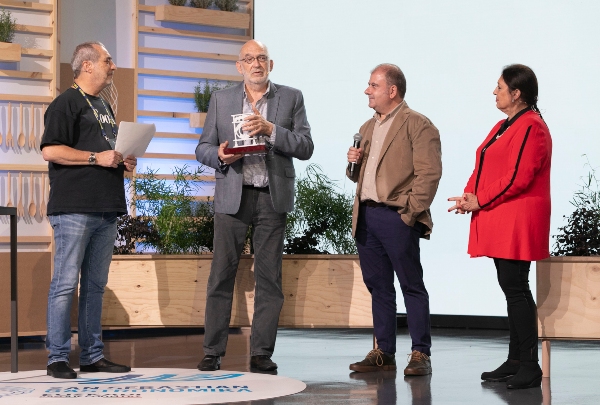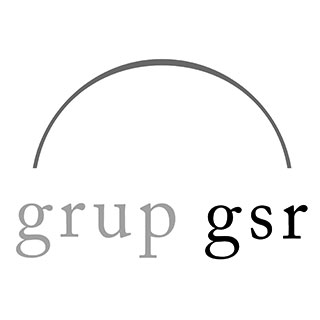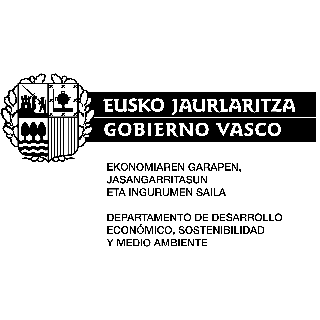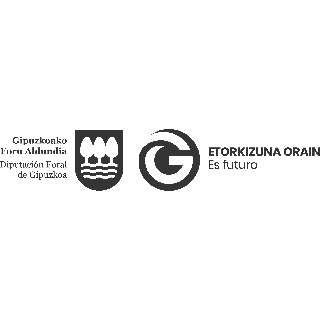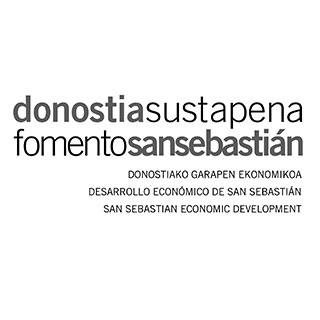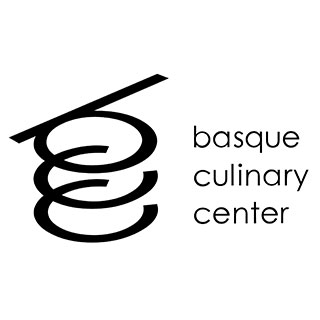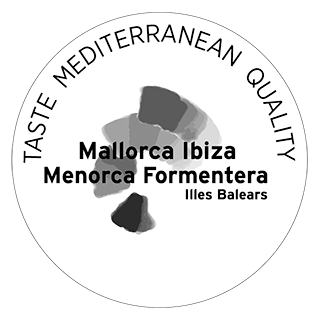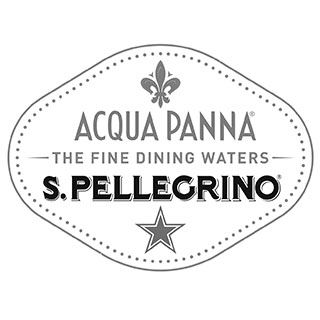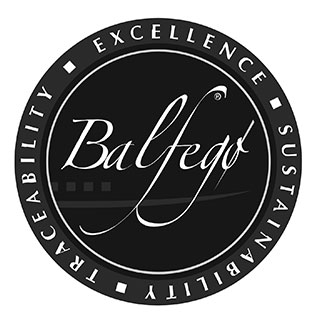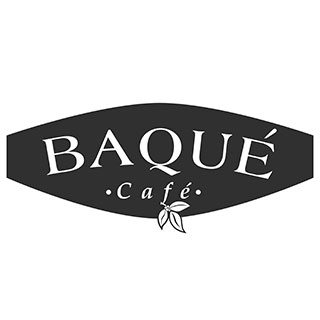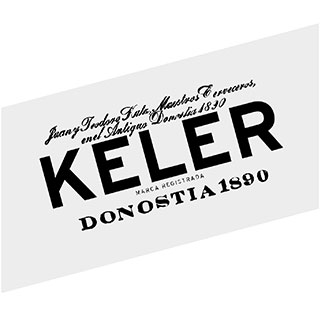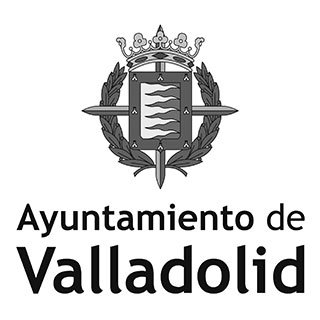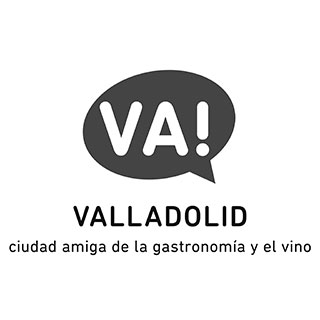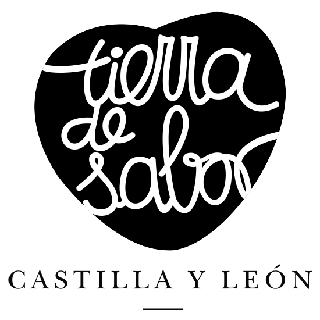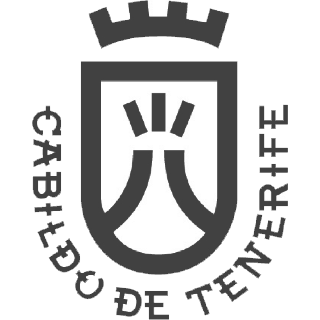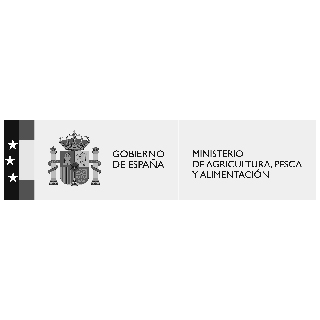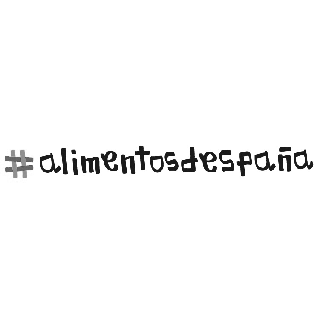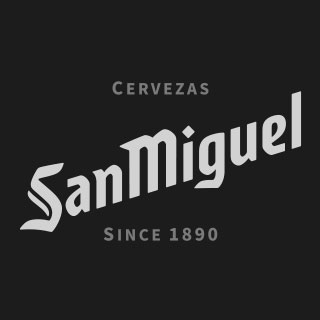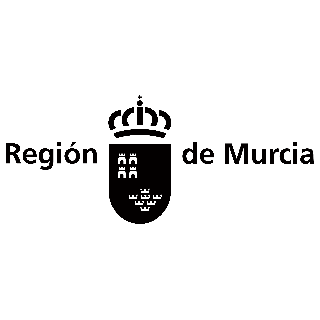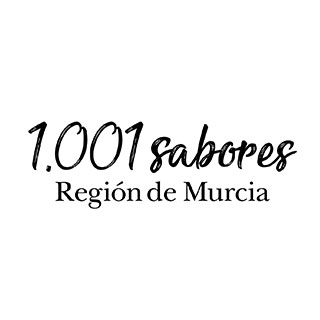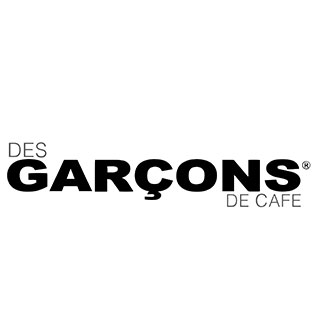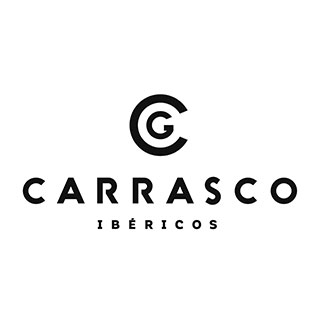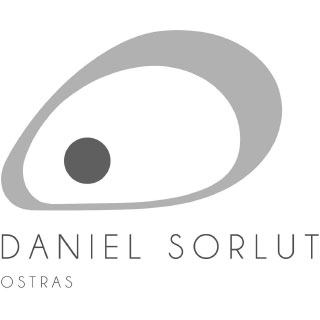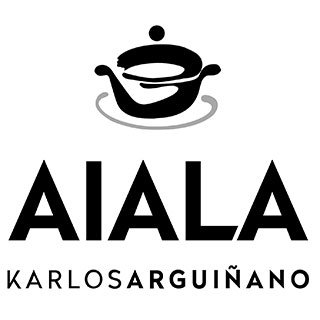News
Josean Alija. The complex simplicity of the surroundings and memory.
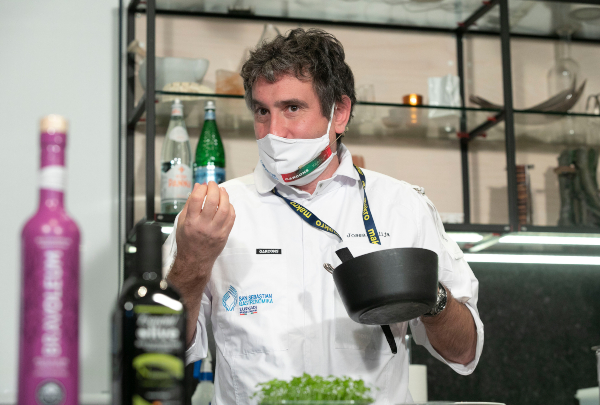
The apparent simplicity of Josean Alija’s cooking has played the leading role in one of the morning presentations at the congress. presentation shared a venue –the Arzak restaurant- with Elena Arzak who, after her presentation, gave the floor to the chef and sat in the second row from where she followed the explanations of the chef from Nerua: mutual admiration.
If we were to apply a figure of speech to Josen Alija’s cooking it would be “oxymoron”. The complex simplicity of his dishes is the result of a long process involving many hours of work and reflection. It is a style of cooking that plays with broths (he has six basic ones and about 25-30 expressly prepared for the proposed menu that he is working on), and this recreates memories, establishes the landscape and enjoys textures.
In his presentation, Alija, a great admirer of Arzak, offered an interpretation of the dishes of the maestro taking advantage of the fact that the installations of his restaurant are one of the venues of the day’s events.
He started with an iconic dish, the red scorpion fish cake. “As Arzak says, you have to travel to get to know things, so we will be using the Shio Koji -a fermented rice salt marinade that is typical of Japan- in this recipe”, Josean pointed out. For this dish he used red scorpion fish juice, with which he made a royale, that he added spider crab, yuzu, spicy radish and daikon to (yet another nod to Japan). “It looks really exotic, but it’s a dish with flavours that are very much ours”, Alija claimed. “We like simplicity, textures, interpreting our flavours, nuances, purity, cleanness... we think that you have to get the most out of the minimum number of ingredients… It’s a really digestive cuisine, in which we play with taste”, he explained.
The second dish takes baby squid as its main element and travels to the Philippines, from where he has recovered a sauce recipe for this type of squid. Alija pointed out that in this dish he aimed to recover the idea of dipping bread in sauce. To do this, he used what is known as sopako, which is made from yeast remains and leftovers from other bread. He diced the piece and cooked it to obtain a texture similar to a risotto that on plating is accompanied by the sauce of the baby squid and a corona of caviar. For the chef this is a dish that alludes to the estuary, because of its flavours.
Josean then prepared a sous-vide Guillardeau oyster, which he then gave a charcoal grill touch to, and added liquidised textured lettuce and an anchovy mayonnaise base to this.
Finally, the chef used a memory from his childhood: he recalled those Sundays as a family when they went out to have an aperitif and when they got back home, his mother used to prepare rice with baby clams. This is a recipe that he reinterpreted using a begihaundi (a large squid which can weigh from 700 g to a kg), cut into thin strips, that he added clam juice and some drops of natural parsley extract to.
“As you can see broths are the thread running through each dish, the loudspeaker between the product and the memories that it brings back… we always say that we like to choose the best product at the very best time and work with it… And broths provide very direct flavours”, Alija pointed out. Elena asked him a question, “and what is the most difficult one to obtain?” “Definitely, the ones with algae and those where it is important to maintain the colour… one that we like a lot is maize because of all its nuances as it makes you travel and takes you off to places…”. And he adds “the broth is the main element in the dishes, the one with chick peas, for example, gives it an incredible natural texture” and concludes “we are not aware of the importance of time in products… time is what we are”.
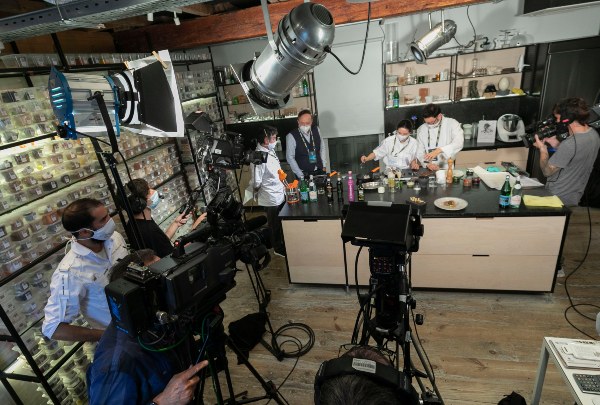
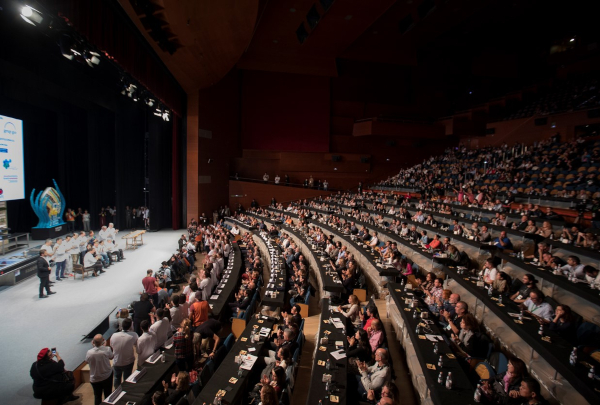
.jpg)
